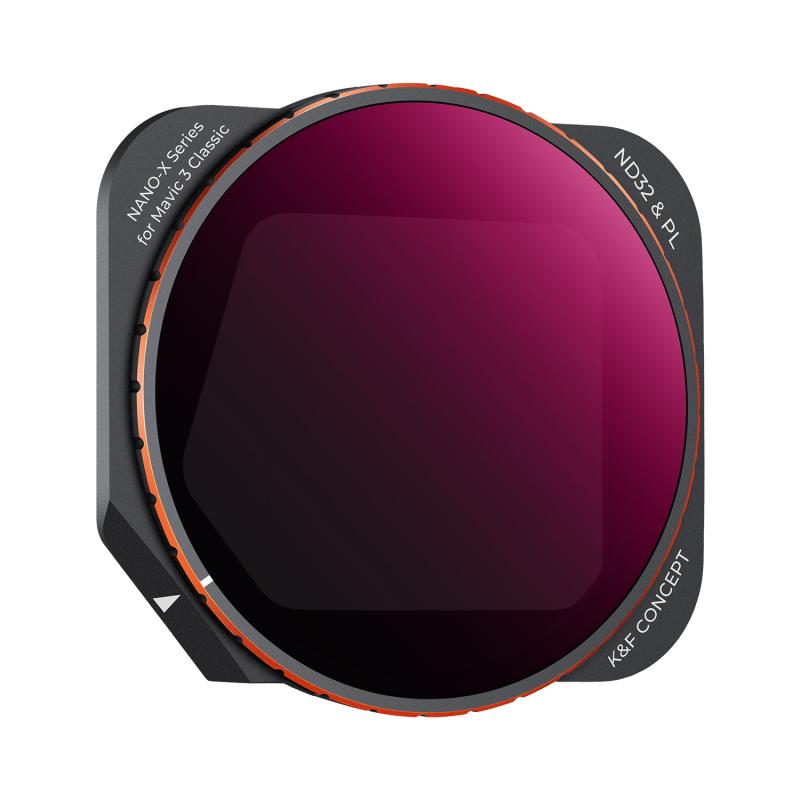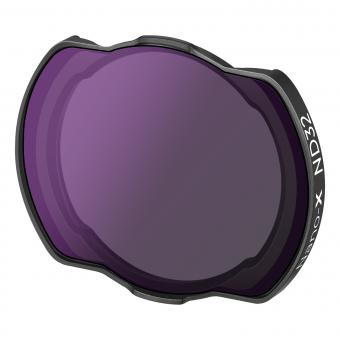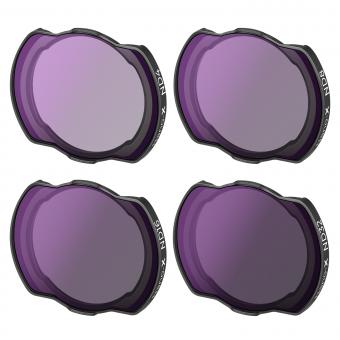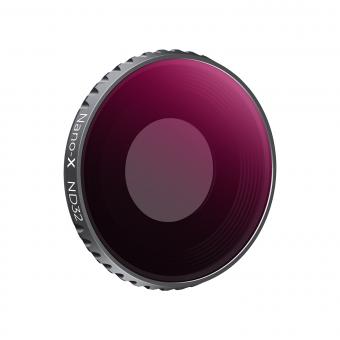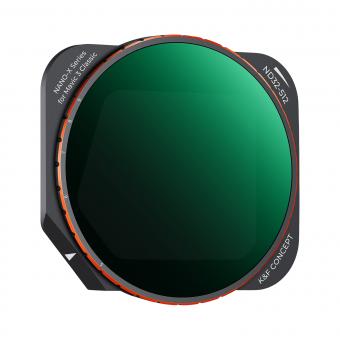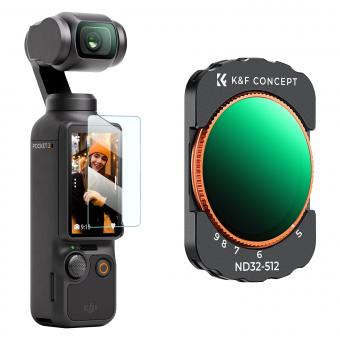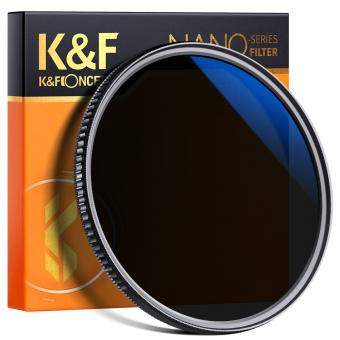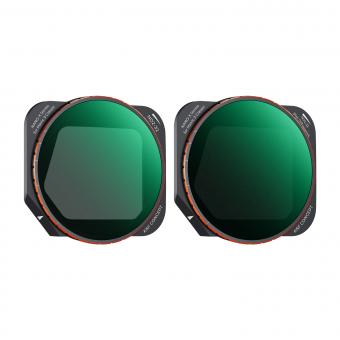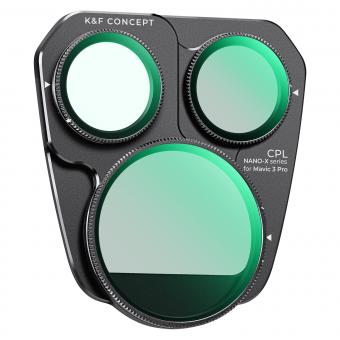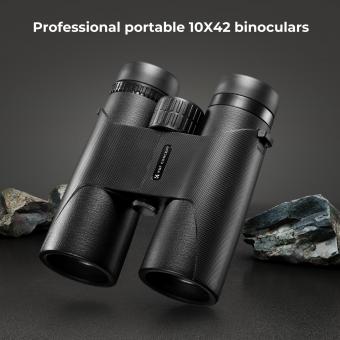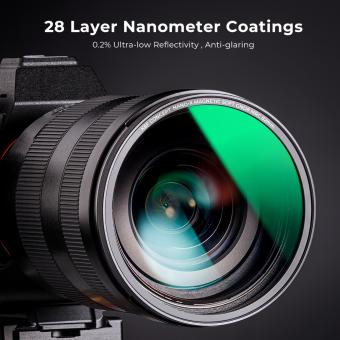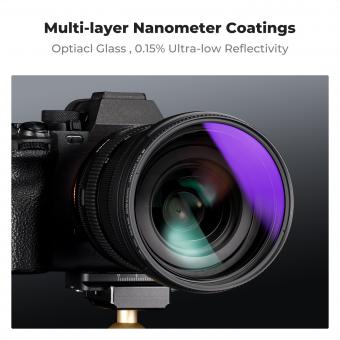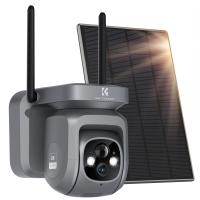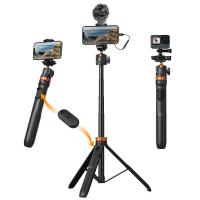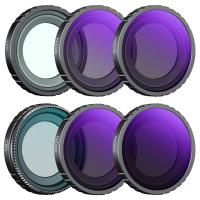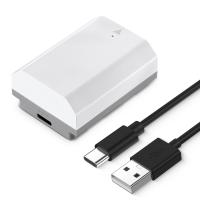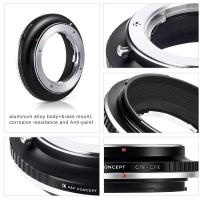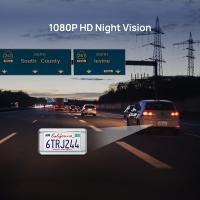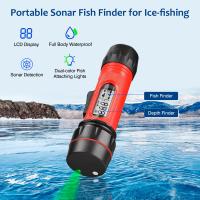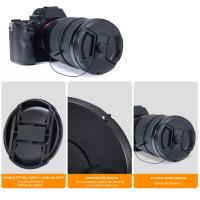What Is Nd32 Filter ?
An ND32 filter is a type of neutral density filter used in photography and videography. It is designed to reduce the amount of light entering the camera lens by 5 stops, allowing for longer exposure times or wider aperture settings in bright conditions. This filter is commonly used in situations where there is too much light, such as when shooting in bright sunlight or capturing fast-moving subjects. By reducing the amount of light, an ND32 filter helps to achieve a more balanced exposure and prevents overexposure or blown-out highlights. It is particularly useful for landscape photography, long exposure shots, and creating motion blur effects.
1、 Definition and Purpose of ND32 Filter
A ND32 filter, also known as a Neutral Density 32 filter, is a type of camera filter that reduces the amount of light entering the camera lens by 5 stops. It is commonly used in photography and videography to achieve specific creative effects and overcome exposure challenges in bright lighting conditions.
The purpose of an ND32 filter is to allow photographers and videographers to control the amount of light entering the camera, without affecting the color or quality of the image. By reducing the amount of light, it helps to slow down the shutter speed, allowing for longer exposures even in bright conditions. This is particularly useful when capturing motion blur in landscapes, waterfalls, or other moving subjects.
Additionally, the ND32 filter is beneficial in situations where the photographer wants to use a wider aperture to achieve a shallow depth of field, but the lighting conditions are too bright. By reducing the amount of light, the filter enables the use of wider apertures, resulting in a blurred background and a sharp subject.
The latest point of view regarding ND32 filters is that they are essential tools for photographers and videographers who want to have more control over their exposure settings and achieve creative effects. With the increasing popularity of long exposure photography and cinematic videography, ND32 filters have become a staple in many photographers' gear bags.
In conclusion, a ND32 filter is a camera filter that reduces the amount of light entering the lens by 5 stops. Its purpose is to allow for longer exposures and wider apertures in bright lighting conditions, enabling photographers and videographers to achieve specific creative effects.
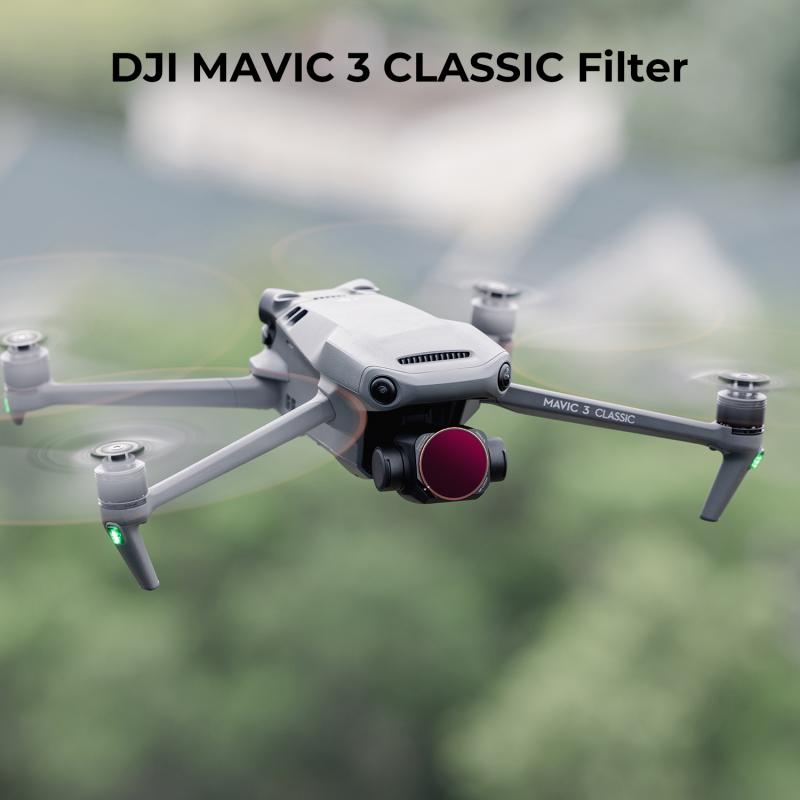
2、 Light Reduction and Exposure Control
A ND32 filter, also known as a Neutral Density 32 filter, is a type of camera filter that is used to reduce the amount of light entering the camera lens. It is specifically designed to provide a light reduction of 5 stops, which makes it ideal for controlling exposure in bright conditions.
The primary purpose of using an ND32 filter is to achieve a longer exposure time or a wider aperture in situations where there is too much light. This can be particularly useful in landscape photography, where a longer exposure can create a smooth and silky effect on water or clouds, or in portrait photography, where a wider aperture can create a shallow depth of field.
By reducing the amount of light entering the camera, an ND32 filter allows photographers to have more control over their exposure settings. This can be especially beneficial in situations where the available light is too bright, such as shooting in direct sunlight or capturing scenes with highly reflective surfaces.
In addition to exposure control, ND32 filters can also help to reduce lens flare and ghosting, resulting in sharper and more vibrant images. They are typically made from high-quality optical glass or resin, ensuring minimal impact on image quality.
It is worth noting that the use of ND32 filters has evolved over time, with advancements in camera technology and software. Some modern cameras now have built-in features that can simulate the effect of an ND32 filter, allowing photographers to achieve similar results without physically attaching a filter to their lens. However, many photographers still prefer the use of physical filters for their versatility and ability to fine-tune exposure settings in-camera.
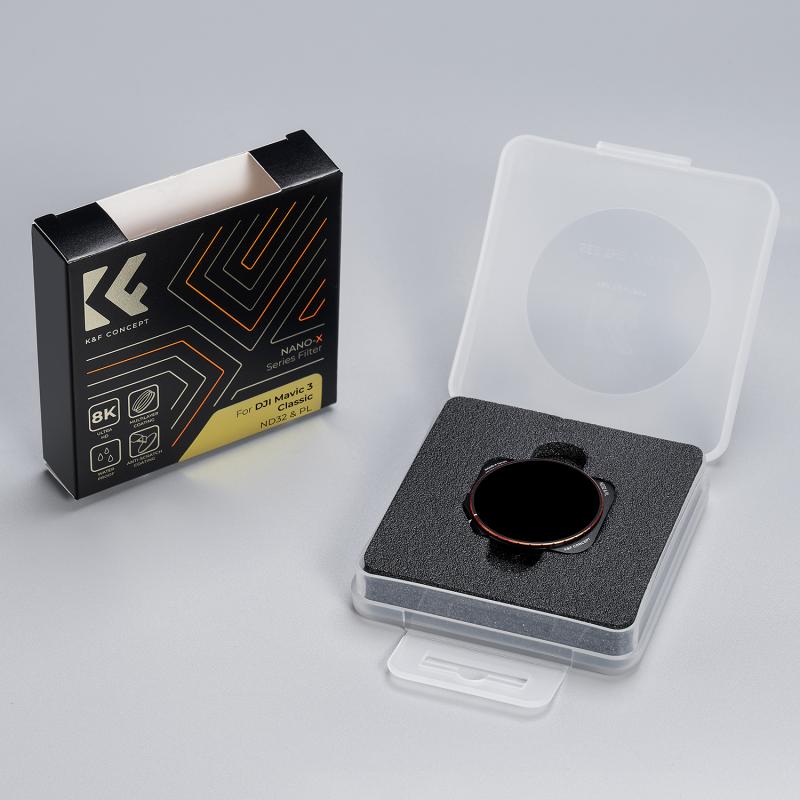
3、 ND Filter Strength and Optical Density
A ND32 filter, also known as a Neutral Density 32 filter, is a type of camera filter that reduces the amount of light entering the camera lens. It is commonly used in photography and videography to achieve certain creative effects or to overcome challenging lighting conditions.
The number "32" in ND32 refers to the filter's optical density, which indicates the amount of light the filter blocks. In this case, the ND32 filter blocks 5 stops of light, allowing only 1/32th of the original light to pass through. This reduction in light helps to slow down the shutter speed, allowing for longer exposures even in bright conditions. It is particularly useful in situations where a photographer wants to capture motion blur, such as in waterfalls or moving vehicles, or when shooting in bright sunlight to avoid overexposure.
The ND32 filter is typically made of high-quality optical glass or resin and is available in various sizes to fit different camera lenses. It can be screwed onto the front of the lens or used with a filter holder system.
It is worth noting that the use of ND filters has evolved with advancements in camera technology. Some modern cameras have built-in ND filters that can be electronically adjusted, eliminating the need for physical filters. However, ND filters still offer advantages in terms of image quality and flexibility, especially for photographers who prefer to have more control over their shots.
In conclusion, an ND32 filter is a camera filter that reduces the amount of light entering the lens by 5 stops. It is commonly used in photography and videography to achieve creative effects and overcome challenging lighting conditions. While advancements in camera technology have introduced electronic ND filters, physical ND filters like the ND32 still offer advantages in terms of image quality and control.
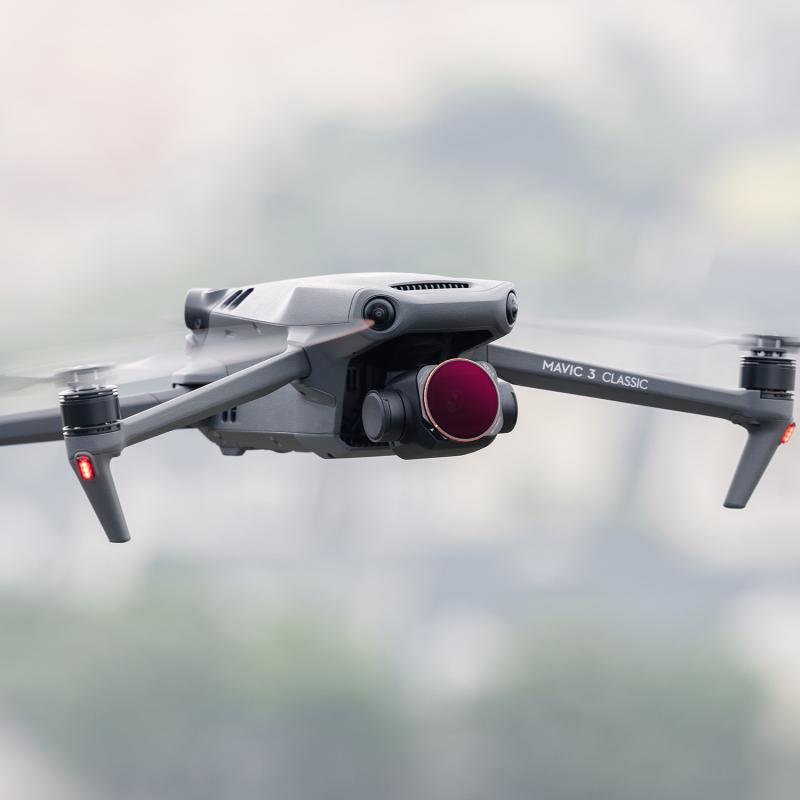
4、 Applications and Benefits of ND32 Filter
A ND32 filter, also known as a Neutral Density 32 filter, is a type of camera filter that reduces the amount of light entering the camera lens by 5 stops. It is commonly used in photography and videography to achieve specific creative effects and overcome challenging lighting conditions.
The primary application of an ND32 filter is to allow photographers and videographers to use slower shutter speeds or wider apertures in bright lighting conditions. By reducing the amount of light entering the lens, the filter helps to prevent overexposure and allows for more control over the exposure settings. This is particularly useful in situations where a shallow depth of field or motion blur effect is desired, such as in portrait photography or capturing flowing water.
Additionally, the ND32 filter can be used to create long exposure shots during daylight hours. By using a slower shutter speed, the filter can capture the movement of clouds, water, or other elements, resulting in a smooth and ethereal effect.
Furthermore, the ND32 filter can be beneficial for video recording, especially when shooting in bright outdoor environments. It helps to maintain a balanced exposure and prevents blown-out highlights, resulting in more professional-looking footage.
In recent years, with the rise of drone photography and videography, the use of ND32 filters has become increasingly popular. Drones often have fixed aperture settings, making it challenging to control exposure in bright conditions. The ND32 filter allows drone operators to achieve proper exposure and capture stunning aerial footage.
Overall, the ND32 filter is a versatile tool that offers photographers and videographers greater control over exposure settings, allowing for creative effects and overcoming challenging lighting conditions.
